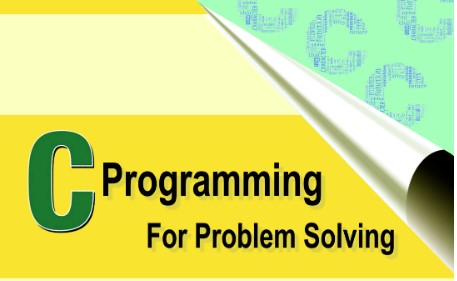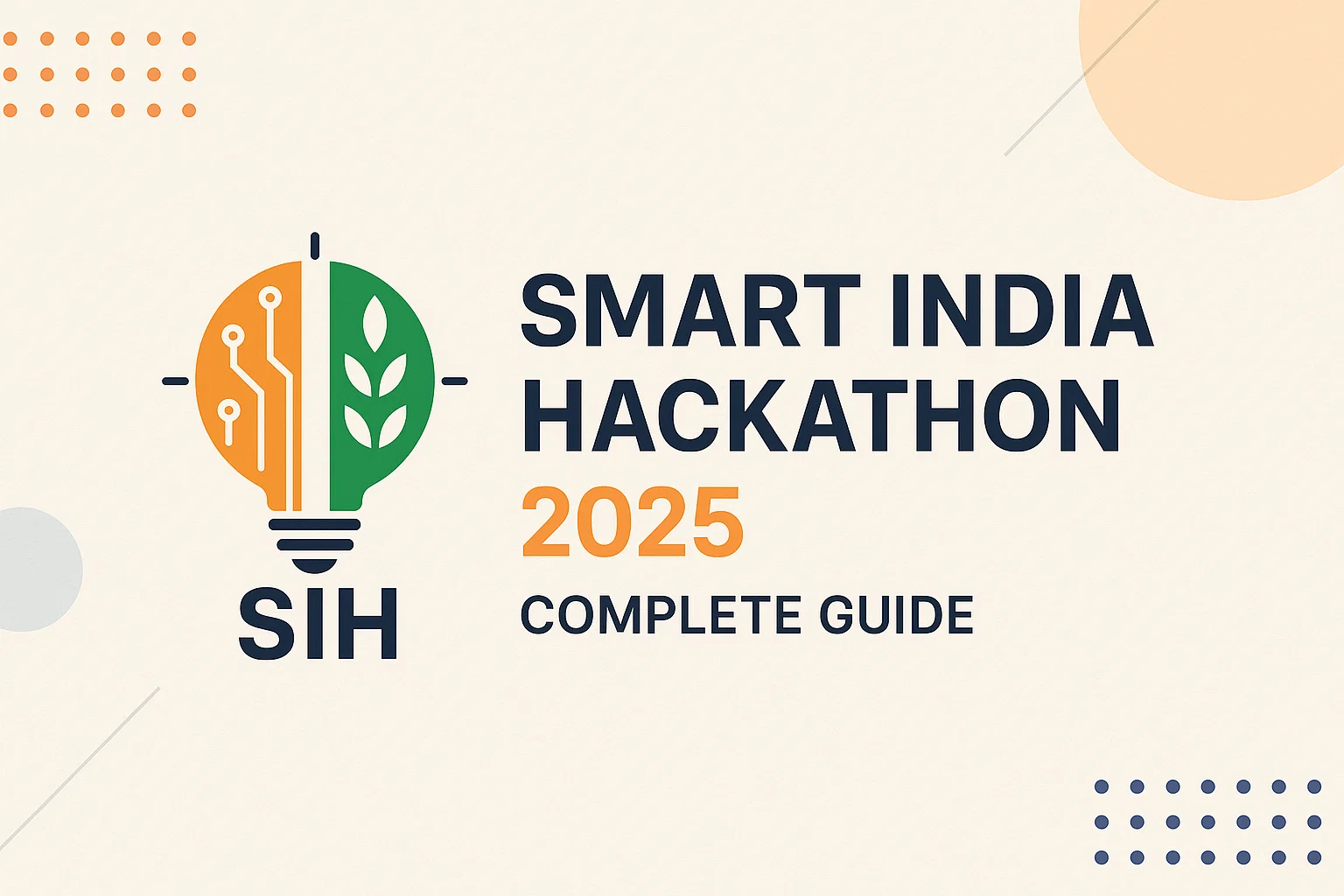DEPARTMENT OF ELECTRONICS AND COMMUNICATION ENGINEERING
PROGRAMMING FOR PROBLEM SOLVING USING C
COURSE OBJECTIVES:
The objectives of Programming for Problem Solving Using C are
- To learn about the computer systems, computing environments, developing of a computer program and Structure of a C Program.
- To gain knowledge of the operators, selection, control statements and repetition in C
- To learn about the design concepts of arrays, strings, enumerated structure and union types. To learn about their usage.
- To assimilate about pointers, dynamic memory allocation and know the significance of Preprocessor.
- To assimilate about File I/O and significance of functions
COURSE OUTCOMES:
On completion of this course students will be able to
| S.NO. | Course Outcome | Knowledge Level |
|---|---|---|
| CO1 | Describe the fundamentals of computers and comprehend the problem-solving component. | Understand Level |
| CO2 | Demonstrate algorithm for the provided problem and draw flow chart. | Understand Level |
| CO3 | Design and develop C program to evaluate simple expressions and logical operations. | Application Level |
| CO4 | Implement C programs with suitable data types using arrays , strings and function concepts to solve the given problem. | Application Level |
| CO5 | Demonstrate the concept of a pointer, file and execute I/O operations | Application Level |
SYLLABUS:
UNIT I
Introduction to the C Language: Background, C Programs, Identifiers, Types, Variable, Constants, Input/output, Programming Examples, Scope, Storage Classes and Type Qualifiers.
Structure of a C Program: Expressions Precedence and Associativity, Side Effects, Evaluating Expressions, Type Conversion Statements, Simple Programs, Command Line Arguments.
UNIT II
Bitwise Operators: Exact Size Integer Types, Logical Bitwise Operators, Shift Operators.
Selection & Making Decisions: Logical Data and Operators, Two Way Selection, Multiway Selection, More Standard Functions
Repetition: Concept of Loop, Pretest and Post-test Loops, Initialization and Updating, Event and Counter Controlled Loops, Loops in C, Other Statements Related to Looping, Looping Applications, Programming Examples
UNIT III
Arrays: Concepts, Using Array in C, Array Application, Two Dimensional Arrays, Multidimensional Arrays, Programming Example – Calculate Averages
Strings: String Concepts, C String, String Input / Output Functions, Arrays of Strings, String Manipulation Functions String/ Data Conversion, A Programming Example –Morse Code
Enumerated, Structure, and Union: The Type Definition (Type-def), Enumerated Types, Structure, Unions, and Programming Application
UNIT IV
Pointers: Introduction, Pointers to pointers, Compatibility, L value and R value
Pointer Applications: Arrays and Pointers, Pointer Arithmetic and Arrays, Memory Allocation Function, Array of Pointers, Programming Application
Processor Commands: Processor Commands
UNIT V
Functions: Designing, Structured Programs, Function in C, User Defined Functions, Inter- Function Communication, Standard Functions, Passing Array to Functions, Passing Pointers to Functions, Recursion
Text Input / Output: Files, Streams, Standard Library Input / Output Functions, Formatting Input / Output Functions, Character Input / Output Functions
Binary Input / Output: Text versus Binary Streams, Standard Library, Functions for Files, Converting File Type.
TEXT BOOKS:
- Programming for Problem Solving, Behrouz A. Forouzan, Richard F. Gilberg , CENGAGE
- The C Programming Language, Brian W. Kernighan, Dennis M. Ritchie,2e,Pearson
REFERENCES:
- Computer Fundamentals and Programming, Sumithabha Das, McGrawHill
- Programming in C, Ashok N. Kamthane, AmitKamthane, Pearson
- Computer Fundamentals and Programming in C, PradipDey, ManasGhosh,OXFORD


No comments